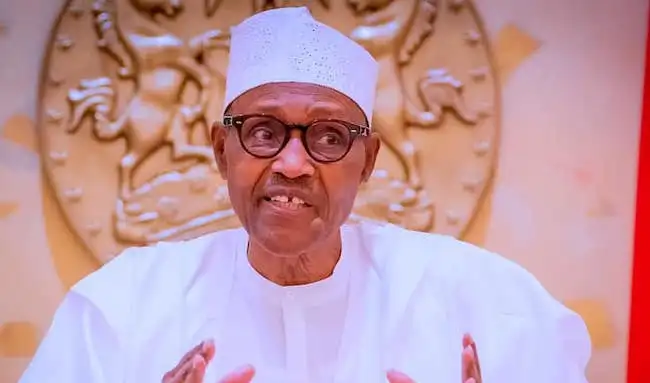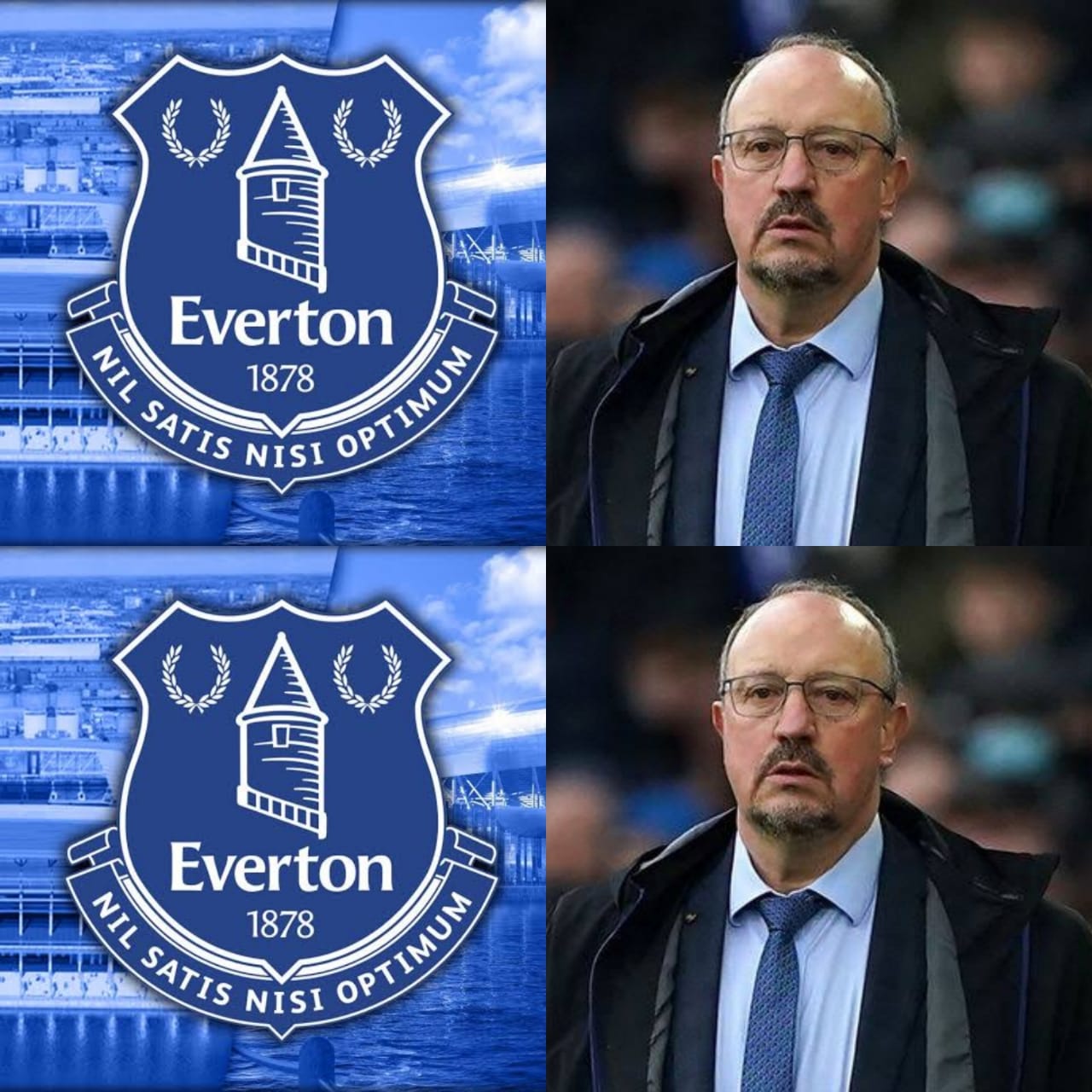Buhari Govt To Lift 35 Million Nigerians Out Of Poverty With Fresh N5.4trn Social Fund–The President Buhari-Led Government is planning to set up a Social Investment Fund of N5.4trn to enable it lift 35 million poor and vulnerable Nigerians out of poverty by 2025.
This reliable platform gathered that the amount is expected to be allocated across Ministries, Departments and Agencies of government for social welfare programmes for poor and vulnerable households in Nigeria.

Details of the four-year plan is contained in the National Economic Development Plan of the Federal Government which was launched last December by President Muhammadu Buhari.
The Document revealaed that the setting up of the N5.4trn Social Investment Fund is in line with the National Poverty Reduction with Growth Strategy (NPRGS) as approved by the Federal Executive Council.
The document stated that the resource allocations to poverty alleviation and social protection will be delivered through a broad range of MDAs budgets and tracked under the Ministry of Finance, Budget and National Planning.
According to the plan, the Federal Government intends to lift 35 million people out of poverty by 2025 and implement a national social protection system that will create a pathway from poverty to economic empowerment for all Nigerians.
It added that Nigeria will embark on a path to fundamentally change its social protection approach through specific outcomes.
It said, “To achieve the goals and objectives enumerated above, a Social Investment Fund of N5.4trn from 2021-2025 will be allocated across many MDAs. This is in line with the National Poverty Reduction with Growth Strategy (NPRGS) as approved by the Federal Executive Council.”
The Economic Development Plan explained that while the government has established a series of pro-poor social protection programs over the years, these initiatives have had limited impact on long term poverty reduction.
It stated that overall, 40 per cent of Nigerians live below the poverty line, which represents nearly 83 million people who are living with less than $1.9/day and highly vulnerable to shocks.
“Additionally, there are millions living slightly above the poverty line and therefore not classified as poor, who also remain highly vulnerable to small changes in incomes or market disruptions.
“Past experience has shown that strong economic growth by itself, while necessary, is not sufficient to reduce poverty significantly.
“Growth must be inclusive and gender sensitive and the poverty reduction programme must have elements of redistribution as encapsulated in the NPRGS.
“Therefore, these vulnerable groups need social protection to lift them out of poverty. This protection takes the form of a nationally coordinated system of institutions, policies, programmes and practices designed to support vulnerable individuals and households throughout their life cycle.
“This system will provide vulnerable populations with income to build resilience to socio-economic shocks, enhancing their livelihoods so all Nigerians can live with dignity.”
The document also stated that many challenges had plagued existing poverty alleviation programmes.
Some of these challenges are weak transparency and accountability in funds management and disbursement; weak calibration and identification of target beneficiaries; and insufficient program coordination at federal and state levels.
Others are limited organizational capacity to scale up interventions; unsustainable funding sources limiting the reach of these programs; limited funds to operationalize programs due to insufficient budgetary release; and insufficient capacity to implement distributive policies.
There are also the challenges of the disruptions associated with the politicization of poverty reduction efforts; and the lack of training facilities to address capacity building on social protection.
In the light of these challenges, the plan said that the government will take advantage of renewed interest in poverty alleviation programming to build on the existing social protection framework.
Additionally, it stated that there is substantial funding available to test innovative approaches to poverty alleviation.
Beyond donors, it added that an increasing number of private sector actors such as commercial banks, micro finance banks, NGOs and social enterprise consortiums are keen to get involved and improve multi-stakeholder funding and accountability mechanisms.
“This growing consensus on the need for action, combined with calls for better governance and coordination at the federal and state level will ensure that new social programs reach the right beneficiaries, achieve desired outcomes and are sustainable,” it added.







